 Your new post is loading...
 Your new post is loading...
Researchers at Melbourne's St Vincent's Hospital is working on developing human organs by building body cells layer by layer using a 3D printer. The team has used the 3D printer to make body cells, including muscle cells, nervous systems cells and cartilage. Professor Mark Cook, director of neurosciences at St Vincent's Hospital, said 3D body part printing was like 'bubble jet printers'.
Scientists have discovered yet another way to make a kidney - at least for a rat - that does everything a natural one does, researchers reported on Sunday, a step toward savings thousands of lives and making organ donations obsolete.
The latest lab-made kidney sets up a horse race in the booming field of regenerative medicine, which aims to produce replacement organs and other body parts.
It took some time, but the age of the cyborg is upon us. For the first time, neuromuscular electrodes that enable a prosthetic arm and hand to be controlled by thought have been permanently implanted into the nerves and muscles of an amputee. The operation was carried out recently by a surgical team led by Dr Rickard Brånemark at Sahlgrenska University Hospital in Goteborg, Sweden.
While the word prosthesis usually evokes images of artificial legs, arms, and these days even sophisticated thought-controlled hands, an entirely new class of replacement body part has now become a reality – the bionic eye. One of the pioneers in this field is California-based Second Sight and the company has now announced that its Argus II System has received U.S. market approval from the Food and Drug Administration (FDA).
In an historic move, the U.S. Food and Drug Administration (FDA) has granted market approval to an artificial retina technology, the first bionic eye to be approved for patients in the U.S.
After years of research, the first bionic eye has seen the light of day in the United States, giving hope to the blind around the world. Developed by Second Sight Medical Products, the Argus II Retinal Prosthesis System has helped more than 60 people recover partial sight, with some experiencing better results than others. Consisting of 60 electrodes implanted in the retina and glasses fitted with a special mini camera, Argus II has already won the approval of European regulators. The US Food and Drug Administration is soon expected to follow suit, making this bionic eye the world's first to become widely available. "It's the first bionic eye to go on the market in the world, the first in Europe and the first one in the U.S.," said Brian Mech, the California-based company's vice president of business development. Those to benefit from Argus II are people with retinitis pigmentosa, a rare genetic disease, affecting about 100,000 people in the U.S., that results in the degeneration of the retinal photoreceptors. The photoreceptor cells convert light into electrochemical impulses that are transmitted to the brain via the optic nerve, where they are decoded into images. "The way the prosthesis works (is) it replaces the function of the photoreceptors," Mech told AFP. Thirty people aged 28 to 77 took part in the clinical trial for the product, all of whom were completely blind. Mech said the outcomes varied by participant. "We had some patients who got just a little bit of benefit and others who could do amazing things like reading newspaper headlines," he said.
Via Dr. Stefan Gruenwald
Rex the bionic man shows how close technology is to catching up with — and exceeding — the abilities of the human body, The Guardian reports.
Housed within a frame of state-of-the-art prosthetic limbs is a functional heart-lung system, complete with artificial blood pumping through a network of pulsating modified-polymer arteries.
He has a bionic spleen to clean the blood, and an artificial pancreas to keep his blood sugar on the level.
Engineers at Duke University have now found that by attaching graphene to a stretchy polymer film, they are able to crumple and then unfold the material, resulting in a properties that lend it to a broader range of applications, including artificial muscles.
Earlier this year, a 58 year-old woman who had lost the use of her limbs was successfully able to drink a cup of coffee by herself using a robotic arm controlled by her thoughts via a brain computer interface (BCI). Now, in a separate study, another woman with longstanding quadriplegia has been able to feed herself a chocolate bar using a mind-controlled, human-like robot arm offering what researchers claim is a level of agility and control approaching that of a human limb
Using implants made from porous biocompatible materials, scientists have recently been successful in regrowing things such as teeth, tendons and heart tissue, plus bone and cartilage. The materials act as a sort of nanoscale three-dimensional scaffolding, to which lab-cultivated cells can be added, or that the recipient’s own cells can colonize. Now, a Spanish research team has used the same principle to grow new brain tissue – the technique could ultimately be used to treat victims of brain injuries or strokes.
The “bebonic3” is the latest version of bebonic series of artificial hands produced by RSLSteeper of Leeds, U.K. Artificial hands have come a long way in recent years, but it turns out the human hand is amazingly complex. With about 29 bones, 34 muscles, 48 nerves and 123 ligaments to operate it, the hand is a piece of engineering that is still streets ahead of current technology.
A cutting edge thought-controlled bionic leg will help amputee Zac Vawter climb 103 flights of stairs at Chicago's Willis Tower. See the leg in action in the short video clip.
|
Whichever marketing genius came up with the Apple catchphrase, "There's an app for that," has a lot to answer for – or brag about. It's heard so often these days that it’s become a cliché. Touch Bionic’s i-limb ultra revolution robotic artificial hand gives yet another reason to repeat the phrase. It’s linked to a smartphone app, which allows for greater control of the hand, including the ability to program it to suit the wearer’s personal needs
Institute of Bioengineering and Nanotechnology (IBN) researchers have engineered an artificial human liver that mimics the natural tissue environment closely. The development makes it possible for companies to predict the toxicity of new drugs earlier, potentially speeding up the drug development process and reducing the cost of manufacturing
Cornell bioengineers and Weill Cornell Medical College physicians have created an artificial ear that looks and acts like a natural ear, giving new hope to thousands of children born with a congenital deformity called microtia. They used 3-D printing and injectable gels made of living cells to fashion ears that are practically identical to a human ear. Over a three-month period, these flexible ears grew cartilage to replace the collagen used to mold them
Researchers from North Carolina State University have for the first time successfully coated polymer implants with a bioactive film. The discovery should improve the success rate of such implants, which are often used in spinal surgeries.
To improve bone healing, researchers at Edinburgh and Southampton universities have used a honeycomb scaffold structure, which allows blood to flow through it, enabling stem cells from the patient’s bone marrow to attach to the material and grow new bone.
Over time, the plastic slowly degrades as the implant is replaced by newly grown bone.
The most extensive bilateral arm transplant to date has been successfully achieved thanks to an interdisciplinary team of doctors and nurses at John Hopkins Hospital. The operation, which was performed on December 18, lasted 13 hours and involved 16 physicians from orthopedics, vascular medicine, plastic surgery, and other disciplines from five hospitals.
What if you could read my mind? What if I could beam what I’m seeing, hearing, and thinking, straight to you, and vice versa? What if an implant could store your memories, augment them, and make you smarter? Long the stuff of science fiction, technology that can directly tap into, augment, and connect human brains is becoming science fact. And that means big changes for all of us.
There may soon be help for people who have been rendered functionally deaf by problems of the middle ear. Researchers from Sweden’s Chalmers University of Technology have developed an implant that bypasses the defective middle ear, transmitting sounds to the inner ear by sending vibrations right through the skull bone.
A team of researchers from MIT and Harvard Medical School have devised a cheap way of artificially growing three-dimensional brain tissues in the lab. Built layer by layer, the tissues can take on just about any shape and closely mimic the cellular composition of the tissue found in the living brain. The advance could allow scientists to get a closer look at how neurons form connections, predict how cells of individual patients will respond to different drugs, and even lead to the creation of bioengineered implants to replace damaged brain tissue. In recent years, we've seen big leaps forward in the technology we use to grow artificial bones, cartilage and blood vessels. As of late, scientists have even managed to grow biocompatible (though not naturalistic) brain tissue. One big hurdle remains, however: brain tissue contains thousands of different cell types, all intricately interconnected and present in varying concentrations in different areas of the brain, which is tough to recreate in the lab.
New artificial muscles made from nanotech yarns and infused with paraffin wax can lift more than 100,000 times their own weight and generate 85 times more mechanical power than the same size natural muscle, according to the scientists. These are not yet suitable for use in the human body.
One of the challenges to medical implants is the power source. When you need to change the batteries, having another surgery is not necessarily what you want, right? A team of researchers from MIT, the Massachusetts Eye and Ear Infirmary (MEEI) and the Harvard-MIT Division of Health Sciences and Technology (HST) have demonstrated for the first time that this battery could power implantable electronic devices without impairing hearing. The devices could monitor biological activity in the ears of people with hearing or balance impairments, or responses to therapies. Eventually, they might even deliver therapies themselves.
Wired talks to the experts about what to expect from the future of the human ability... Aubrey de Grey
Chief science officer, SENS Foundation
"Medicine is distinct from human enhancement, but they may intersect. Somatic gene therapy will treat many diseases including the defeat of aging, but also allow such enhancements as skin luminescence. Tissue engineering may also allow us to have gills. The sky is the limit."
|



 Your new post is loading...
Your new post is loading...

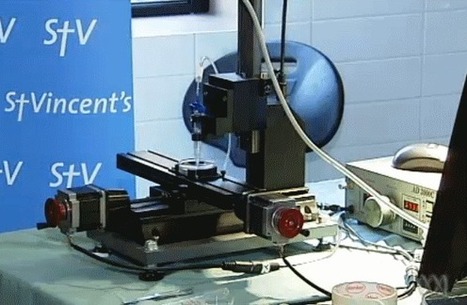

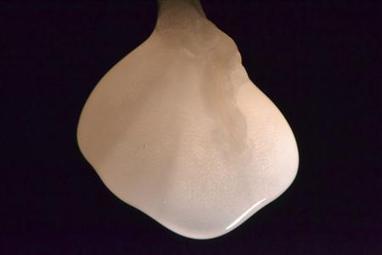
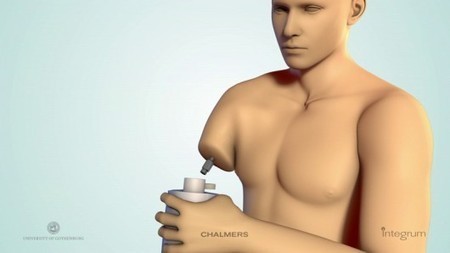
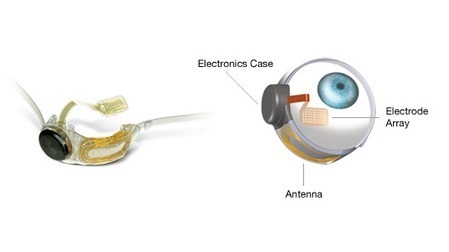
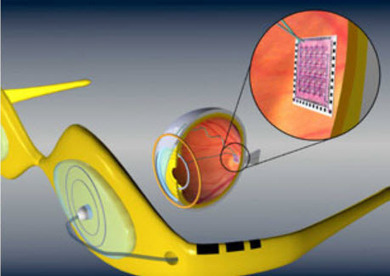
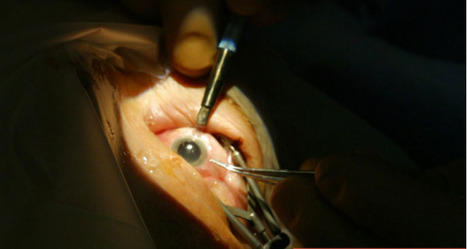

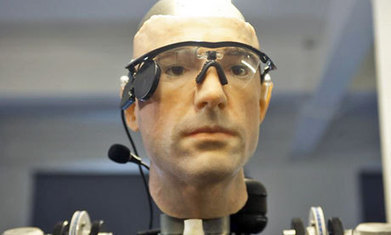

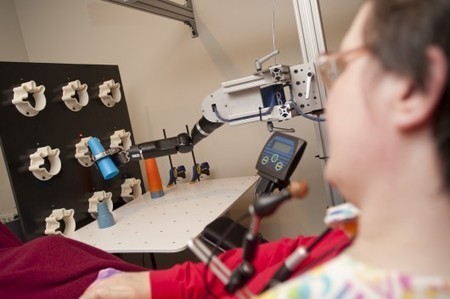
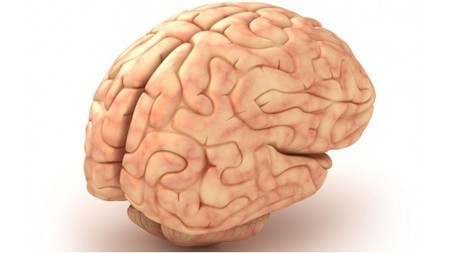

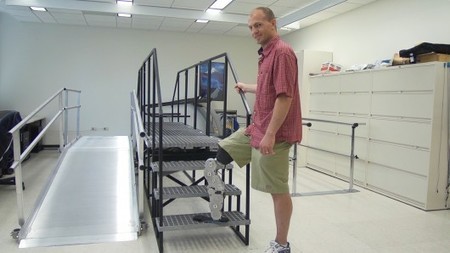
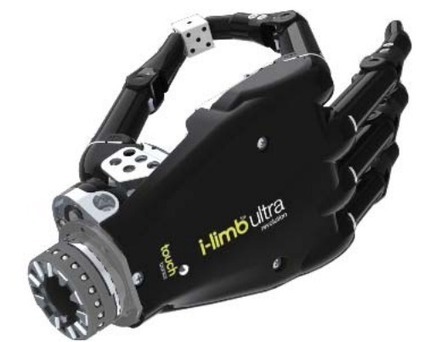


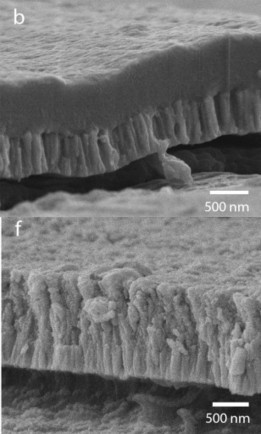
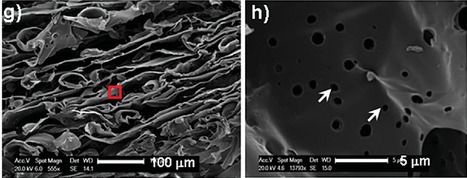
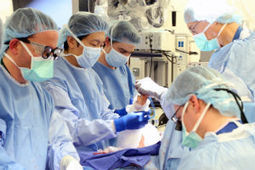
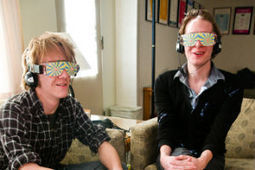


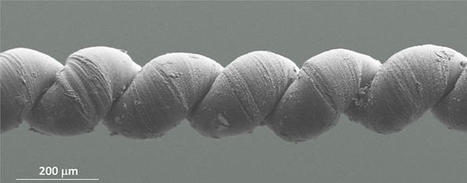
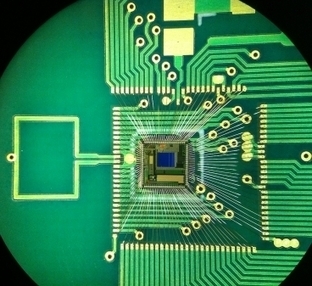
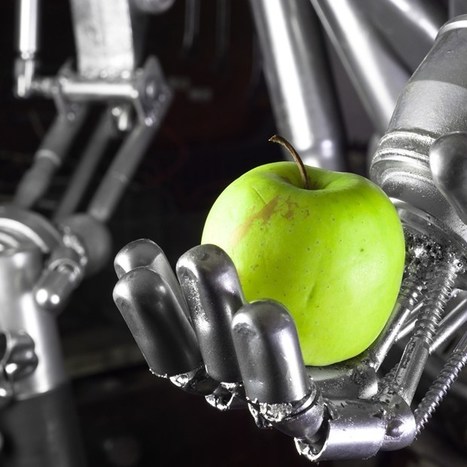





Moores law at work -wow